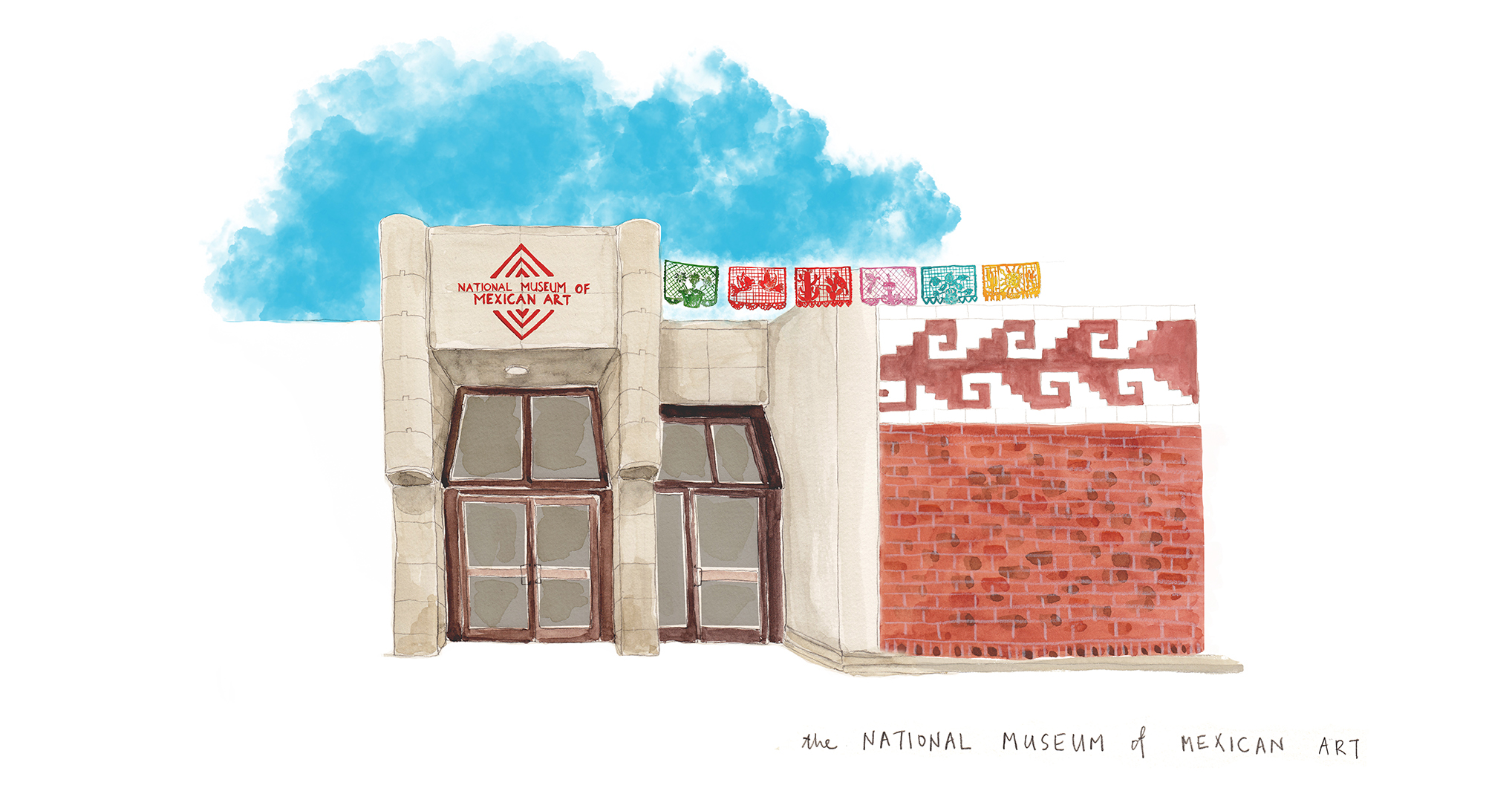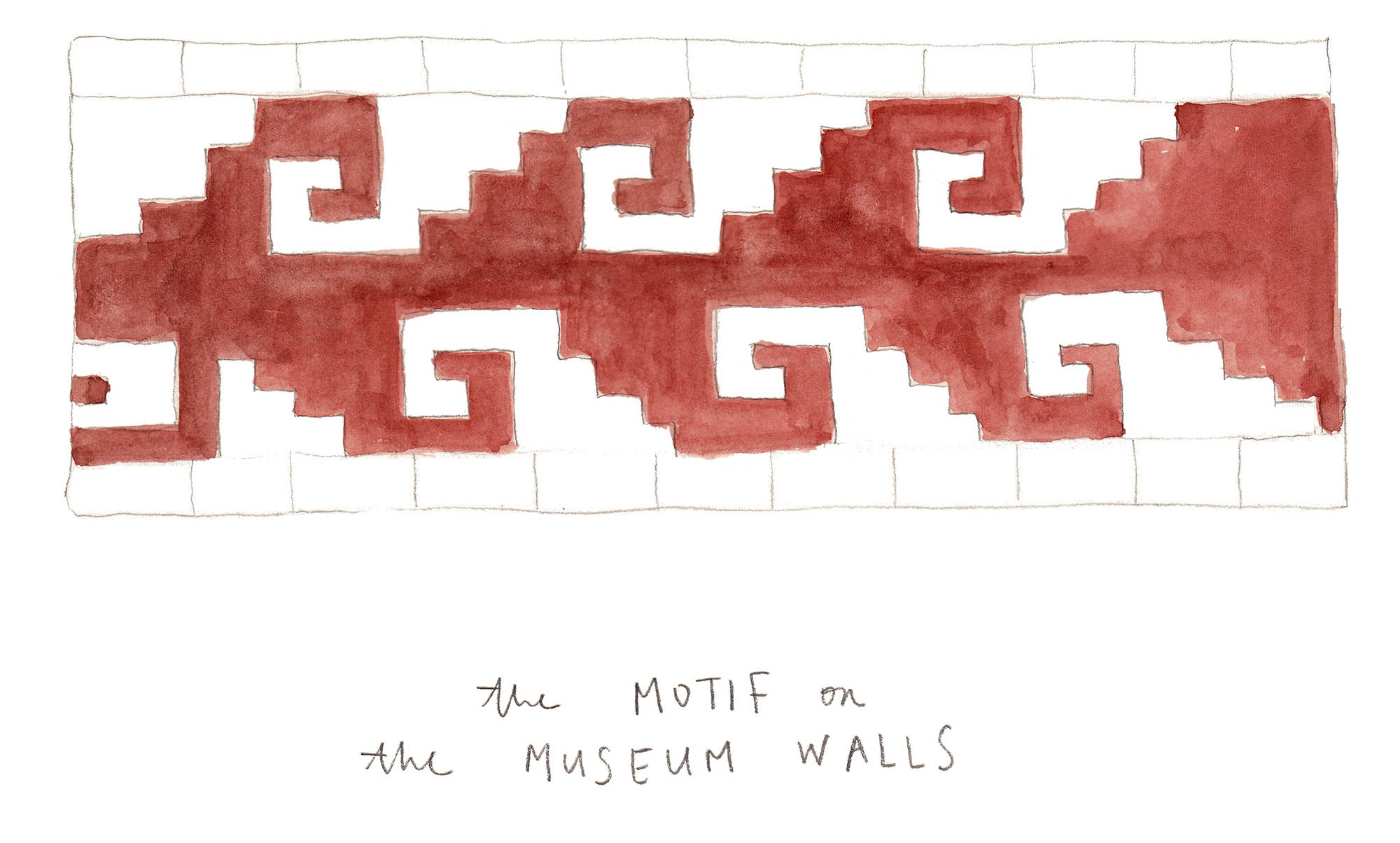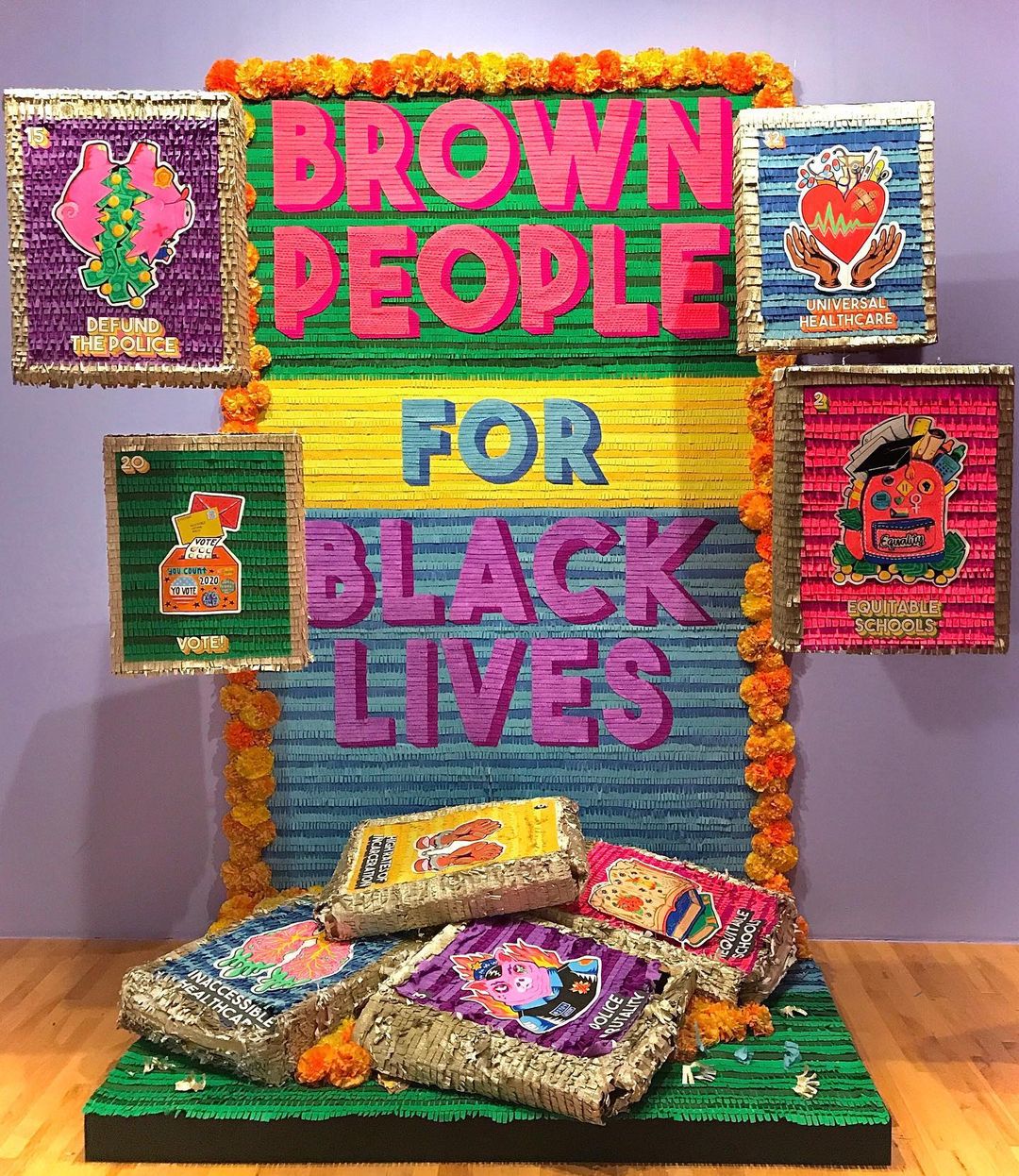The COVID-19 pandemic has drastically altered the ways that we connect, gather together, and create community. Explore how members of the Arts Midwest community like the National Museum of Mexican Art, a recent United States Regional Arts Resilience Fund grantee, are reshaping their work to fit the moment in a three-part series spotlighting creativity and resilience.
A Community Fixture

Founded in 1982 by Carlos Tortolero, the National Museum of Mexican Art is situated on Chicago’s southwest side, in the Pilsen neighborhood, where public displays of art can be found on almost every open space.
The museum, easily accessible by public transportation, is surrounded by Harrison Park and the cheerful banter of children and families, along with the friendly bell chimes of strolling Mexican snack carts, paleteros, and eloteros. It is also surrounded by the drastic and unsettling changes brought on by gentrification and overdevelopment. The Pilsen community is predominantly Latinx, Mexican, and Mexican-American and its demographics are changing, in large part due to forced displacement.
Carlos Tortolero’s mission when founding the National Museum of Mexican Art, or NMMA, was to create a space focused on accessibility, education, and social justice, where everyone can share in the beauty and richness of Mexican culture. For years, the museum has remained steadfast as an innovative arts institution that serves as a resource for educators and the community at large.
Never has this mission proven more critical than in the wake of the challenges of this year.
Guiding Tradition Through Dark Times

The repercussions of the COVID-19 pandemic have been felt around the world, affecting small businesses, the service industry, performing arts spaces, and museums, which were some of the first businesses to close and likely will be some of the last to reopen.
As closures began across the Midwest this spring, Cesareo Moreno, NMMA’s Visual Arts Director and Chief Curator, and his team began thinking ahead about how to safely host the 34th year of one of their most popular events, the annual Day of the Dead Exhibit. An important tradition for many families in the community, Moreno began thinking of ways to redirect the flow of the galleries so that visitors could file through.
“We love when people meander through the exhibition and go from one piece to another and something catches their eye and they backtrack,” said Moreno. “But as it turns out, during a pandemic that’s exactly what you don’t want people to do.”
In August, the NMMA Board of Directors voted to keep the museum closed to visitors through the end of 2020, demanding a brand new approach from museum staff. Moreno’s team quickly pivoted online, setting up free virtual docent tours in Spanish and English that lead people through galleries from the comfort of their homes.
Creating a safe gallery experience wasn’t the only new hurdle presented to the Museum. Normally, the Day of the Dead Exhibit’s curator, Dolores Mercado, would travel to Mexico to seek pieces and artists to showcase in Chicago. This year that was impossible.
Mercado adjusted her approach by relying exclusively on local talent, drawing from NMMA’s permanent collection, and creating an exhibition in response to the pandemic. This year’s exhibition pays tribute to the people across the Chicago community, Mexico, the U.S., and the entire world who have died from COVID-19, a dark reminder about why the galleries remain closed.
For now, the Museum’s virtual docent tours and pivots are working. However, the team acknowledges the many challenges on the horizon. How can they continue to include international artists while travel is unsafe? And what will it look like to re-open their galleries to visitors? Although these are questions for the future, they must start planning for them now.
Overcoming Isolation Through Art

Antonio Pazaran, Director of Education for the museum, says one of the first things he and his team thought about when the museum went dark was Viva La Vida, a creative aging program for people 55 and older. Pazaran knew social isolation during the pandemic could be a challenge for elders, and staying connected to older community members was incredibly important.
Throughout the summer, Pazaran’s team helped run online workshops for elders using resources that they might already have at home. The team put together kits with all the materials needed for the art projects, which participants could pick up or opt to have delivered right to their door.
“We’ve been trying to make it as lighthearted as possible but also make sure that we’re putting some critical thinking behind it,” says Pazaran. “It’s just not noodle art, we’re creating actual workshops.” Through Viva La Vida, older adults connected while making prints, paintings, and more inspired by works by Mexican artists in the NMMA collection.
The Museum will continue to host online workshops through the frigid Chicago winter, offering key moments for connection when community members may need it the most.
Incubating Young People’s Creativity Online

As another part of the museum’s arts education team, Vanessa Sanchez has had to figure out how to make remote learning feasible without losing personal connections with youth in the process. Sanchez is the Director of Yollocalli Arts Reach, a program of the museum that offers free classes in journalism and radio production, video and audio editing, photography, textile work, and muralism for teens and young adults across Chicago.
To adjust to the pandemic, Yollocalli staff provided students with the materials and equipment they needed to continue creating their projects at home. They also let students know they are always there for them by connecting through social media and offering new office hours.
“We’re used to being in a space with [the students] and giving them that freedom to work creatively, or speak creatively, and openly,” explains Sanchez. “We wanted to ensure that while we moved to an online space that they feel just as comfortable in that environment as they would have in person, especially if they’re stuck at home and we don’t fully know what their home conditions are.”
Despite the newness of remote learning, Yollocalli students have continued their weekly broadcasting on local radio station WLPN. They also created a piece for the NMMA’s Day of the Dead Exhibition and collaborated with artist Sentrock on new murals in the South and North Lawndale communities.
Many of Yollocalli’s students have had to deal with gang violence, systemic and environmental racism, poverty, and school defunding. Sanchez says, “I’m proud that the young people see us as a space where they can openly say how they feel about what’s happening and express themselves. It’s really all the work of young people.”
While questions remain about what the future holds, the Yollocalli team remains optimistic. “At the core is these relationships and this community that we’re building,” says Sanchez. “I do think that no matter what, if we continue to have programming, that the young people will continue to see us as a positive force in their growth and development in their lives.”
Looking Toward the Future
Despite many creative pivots, it’s clear that the repercussions of the COVID-19 pandemic have still led to tough decisions for the Museum. Two full-time staff members were laid off along with several part-time employees.
Making difficult choices hasn’t been easy, but NMMA staff share the notion of relying on each other and jumping in to do what needs to get done. “The hardest thing is just continuing to have the faith that we will pass this,” says founder Carlos Tortolero.
It’s a situation that small to midsize cultural institutions across the nation are facing. What will it mean for COVID-19 to “pass,” and what will remain of the arts and culture sector when it does?
Fortunately, the Museum’s intention to continue its work is not only backed by faith but also by funds. The National Museum of Mexican Art is a recent recipient of a grant from Arts Midwest’s United States Regional Arts Resilience Fund, a national recovery initiative helping under-resourced arts and culture organizations weather the COVID-19 crisis. They also received a grant from the Ford Foundation as part of a broader effort to help culturally diverse institutions survive the pandemic.
Even with these funds, the future will likely have its challenges. It’s clear, though, that the National Museum of Mexican Art will continue to center community in all its efforts. By rethinking how people can connect to art, they’re helping elders avoid isolation, making space for students to share their perspectives, and engaging families in a cherished tradition. They are actively investing in the future of their neighborhood through creativity. What better time for this work than now?

The National Museum of Mexican Art is a United States Regional Arts Resilience Fund recipient. Check out our History for more information about this program. Thanks to the Mellon Foundation and an anonymous donor for their support of National Museum of Mexican Art and other Midwestern arts organizations.
